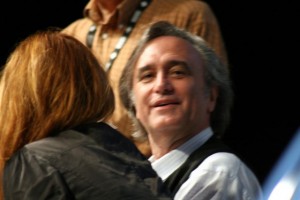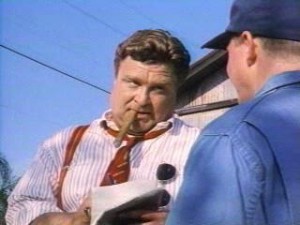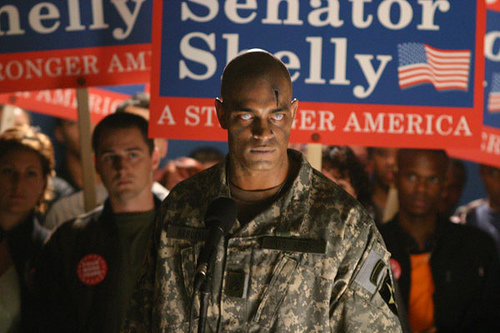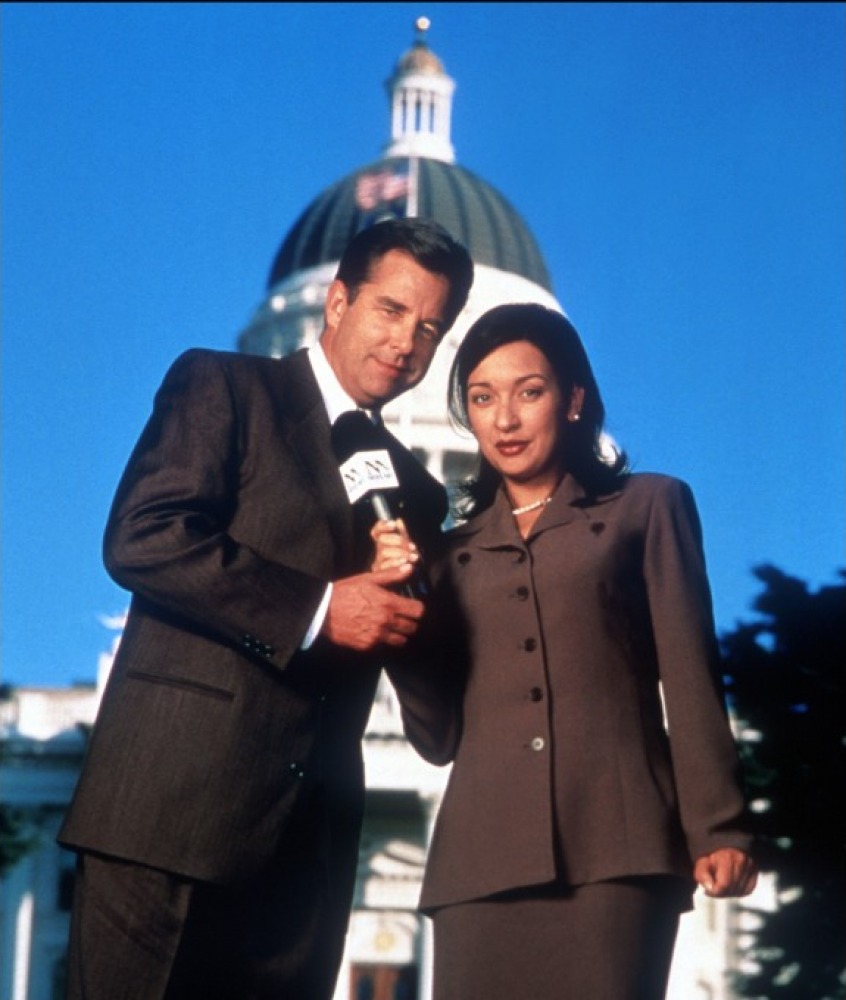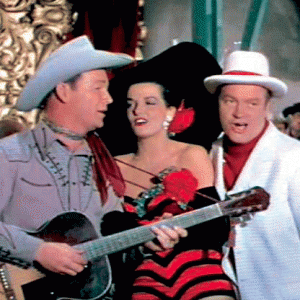Written for the 11th issue of the bilingual, online La Furia Umana (January-March 2012) to introduce a Joe Dante dossier. — J.R.
One of the problems inherent in using the term “cult” within a contemporary context relating to film, either as a noun or as an adjective, is that it refers to various social structures that no longer exist, at least not in the ways that they once did. When indiscriminate moviegoing (as opposed to going to see particular films) was a routine everyday activity, it was theoretically possible for cults to form around exceptional items — “sleepers,” as they were then called by film exhibitors — that were spontaneously adopted and anointed by audiences rather than generated by advertising. But once advertising started to anticipate and supersede such a selection process, the whole concept of the cult film became dubious at the same time it became more prominent, a marketing term rather than a self-generating social process.
Joe Dante deserves a special place in what I would call the post-cult cinema because he is one of the few commercial American directors I know who has refused to hire a personal publicist, and for tactical reasons — someone, in short, who chooses to be recognized at best only by initiates (that is, by fellow cultists or would-be cultists, his comrades-in-arms) rather than by the public at large. And this is a logical move for a genuine film enthusiast who relishes those branches of genre cinema where anonymity functions as a veritable badge of both authenticity and community. (Indeed, one could argue that even the exploitation “auteurs” such as William Castle — the model for Lawrence Woolsey [John Goodman] in Dante’s masterpiece Matinee (1993) — were recognizable as auteurs during their heyday in the 1950s mostly to horror specialists, not to the more casual moviegoers who could be expected to identify De Mille, Disney, and Hitchcock.) This also becomes an essential tactic for American filmmakers who choose to be political (which invariably requires some form of generic subterfuge) rather than simply to exploit political issues.
Even at his angriest, as in Homecoming (2005), the first Hollywood movie to register the obscenity of the American occupation of Iraq, Dante chooses to emphasize the outrage of the Bush administration’s hypocrisy rather the purity or correctness of his own views. Insofar as he qualifies as a moralist, it’s the morals of spectatorship that ultimately concern him the most — in Explorers and his Twilight Zone episode (both 1985), in The ‘burbs (1989) and Small Soldiers (1998), not to mention The Hole (2009). One might even suggest that his motto harks back to the formulation of William Butler Yeats: “In dreams begin responsibilities.”
Go to the online Trailers from Hell (trailersfromhell.com), where Dante serves as one of eight relatively anonymous team members, and compare his function there to the star persona of an Oliver Stone, brandishing his “leftism” to illustrate, for instance, the alleged Shakespearean dimensions of a Richard M. Nixon. But the world of an Oliver Stone ultimately depends on the metaphysical absolutes of patriarchal heroes and villains, even when they turn out to be the same character — in contrast to the more equitable and liberal values of a Frank Tashlin or a Joe Dante, which usually refuse such complacencies for the sake of cheerful ridicule. The worst and best thing that characters in a Tashlin or a Dante live-action cartoon can be is silly and/or idiotic, and at least part of what makes them silly or idiotic is the assumption of heroism and villainy in others. Consider the governor of Idaho (Beau Bridges) in The Second Civil War (1997), who plays shamelessly to his xenophobic constituency by closing his state borders to a plane full of Pakistani orphans while remaining completely smitten with the ethnicity of his Mexican mistress (Elizabeth Peña); even if the consequences of his demagoguery turn out to be apocalyptic, the film prefers to view him chiefly as a lovable asshole.
Like Tashlin, Dante may ultimately qualify more as a commentator and embroiderer than as a storyteller. Embarking on a spin-off to his biggest hit (the 1984 Gremlins, a horror spoof founded on an all-purpose metaphor), he chose in Gremlins 2: The New Batch (1990) to pile on gags rather than pursue a meaningful plot, adopting more or less the same route he would later take in Looney Tunes: Back in Action (2003) — the route of Tashlin’s Son of Paleface (1952), his locus classicus. This is why even in Innerspace (1987), one of his rare departures from both horror and satire, he can take so much pleasure in his adopted movie tropes — in this case, the sheer delight of crosscutting itself.

